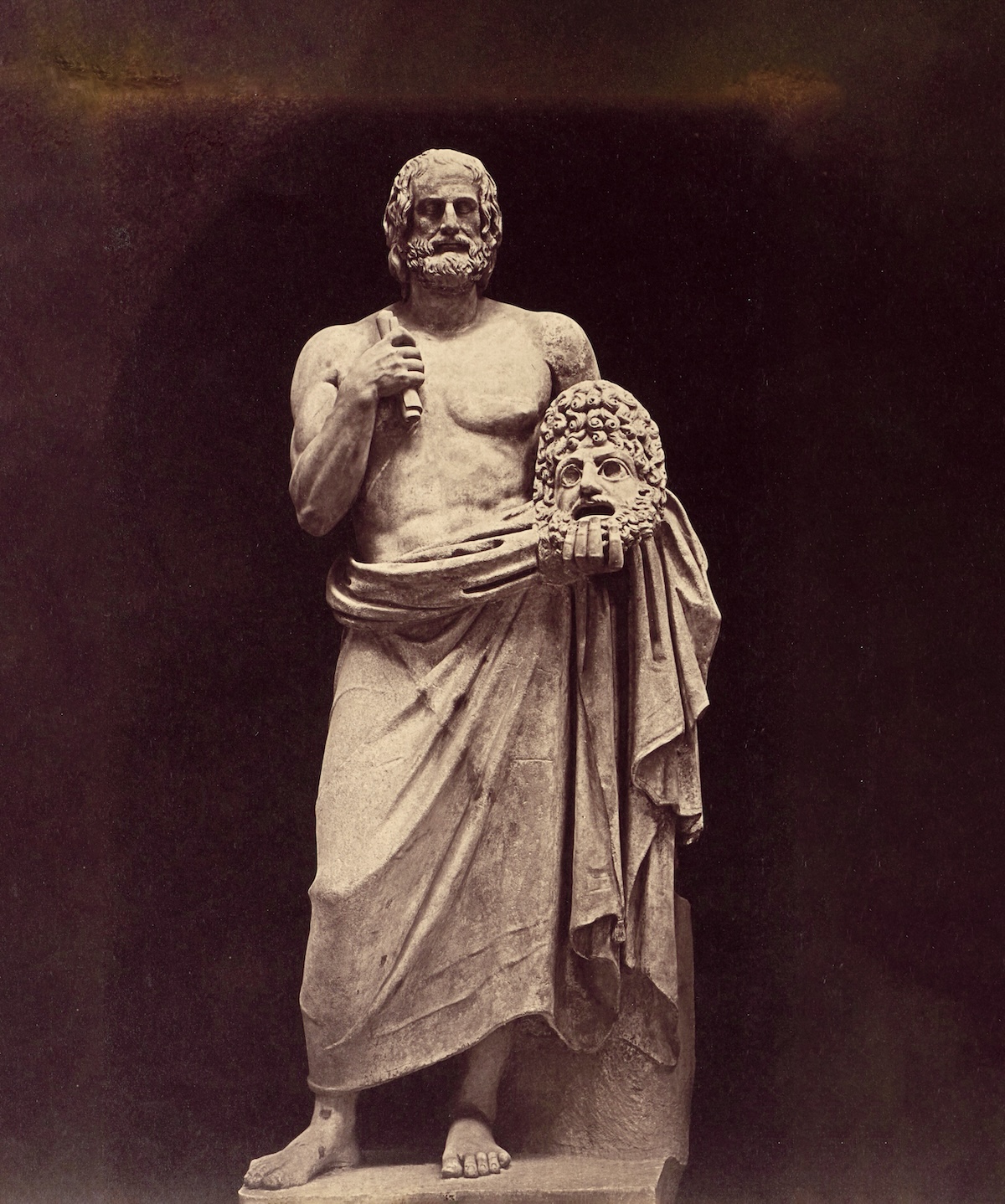Euripides’ Lost Plays
One of Greek tragedy’s ‘big names’, Euripides survives largely in scraps and fragments. What can 78 new lines from Ino and Polyidus reveal?

Surprises aren’t something you normally associate with the study of ancient Greek drama. Yet in September 2024 scholars meeting at the University of Colorado Boulder were treated to just that. Two academics based at the university presented what they believe to be portions of two lost plays by Euripides, Ino and Polyidus.
The discovery was made in November 2022 when Basem Gehad, an archaeologist based in Egypt, sent the classicist Yvona Trnka-Amrhein a photograph of a papyrus that had recently been uncovered at the ancient village of Philadelphia, 100km southwest of Cairo. It wasn’t all that big – barely 10.5 square inches, all told. But Trnka-Amrhein quickly saw that it was special. By comparing the papyrus against a database of Greek texts, she realised that she was looking at previously unknown texts by Euripides. She needed confirmation, though – so called on her mentor, John Gilbert, a specialist in Euripidean fragments, for help. Together, they concluded that, while 20 of the 98 lines on the papyrus were already known, the remaining 78 hadn’t been seen for almost 2,000 years.







